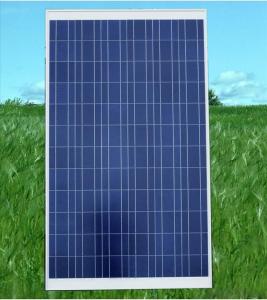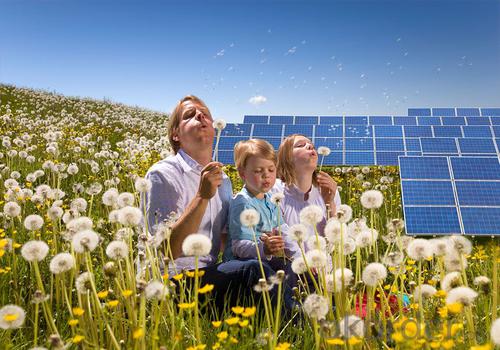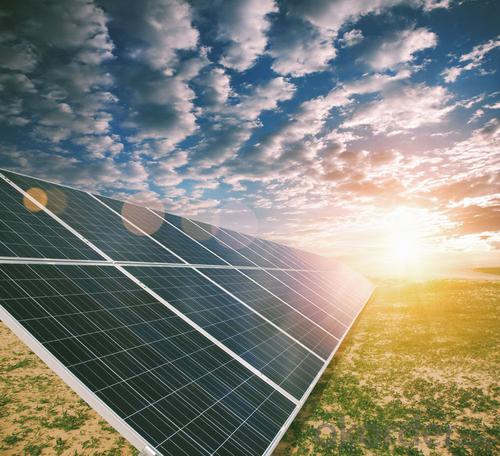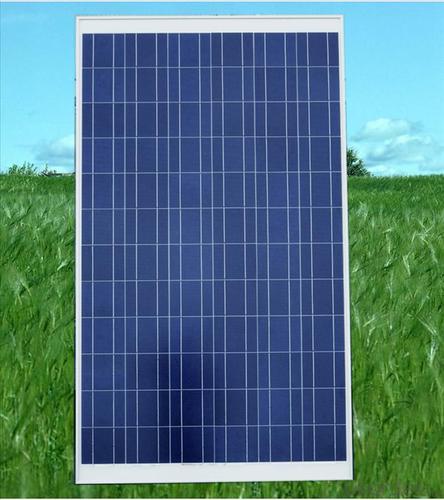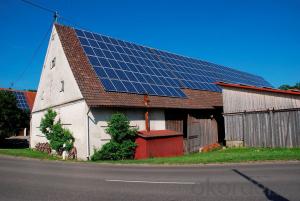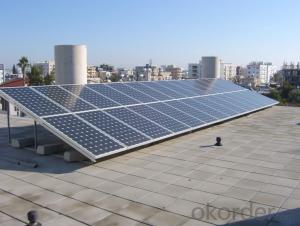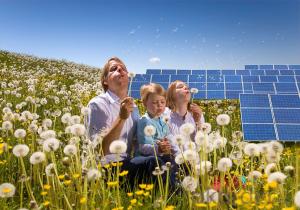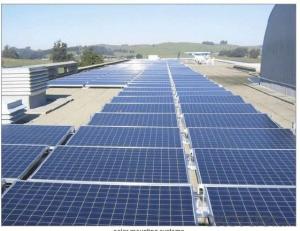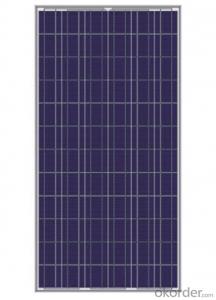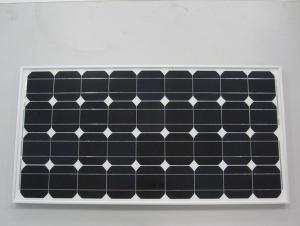Duke Solar Panels 315W Polycrystalline Silicon Solar Panel
- Loading Port:
- Guangzhou
- Payment Terms:
- TT OR LC
- Min Order Qty:
- 200000 watt
- Supply Capability:
- 20000000 watt/month
OKorder Service Pledge
OKorder Financial Service
You Might Also Like
Solar cell module production process
Line called packaging line components, packaging is the production of solar cells a key step in the packaging process without a good, multi-well battery is also not a good component of production boards. Battery package not only the battery life is guaranteed, but also to enhance the combat strength of the battery. Product quality and high service life is to win can be the key to customer satisfaction, so the quality of components of the package board is very important.
Process is as follows:
1, the battery test
2, positive Welding - Inspection –
3, on the back of cascading - Inspection –
4, laying (glass cleaning, material cutting, glass pre-processing, laying) –
5, laminating –
6, to flash ( to the side, cleaning) –
7, fitted border (glue, loading angle keys, punching, install box, scrub I glue) –
8, the welding junction box –
9, high-pressure test –
10, component testing -- -
11 appearance inspection, packaging and storage;

Data sheet
Maximum power | 315W |
Cell type(mm) | Polycrystalline solar cell 156*156 |
Number of cell(pcs) | 72(6*12) |
Manufacture site | China |
Open-circuit voltage(voc) | 45.1V |
Maximum power voltage(vmp) | 37.3V |
Short-circuit current(isc) | 8.88A |
Optimum operating current(imp) | 8.45A |
Power tolerance | 0~+5W |
Module efficiency | 16.2% |
Dimensions(mm) | 1956*992*40 |
Weight | 27 kg |
Backsheet | Silver |
Frame Colar | White |
Frame | Anodized Aluminum Alloy |
- Q: In terms of efficiency and cost, what is the best solar panel. I am limited in the number of panels I can put up (probably 6-8) so they must be efficient, but cost is important also.What about these panels that can collect a wider range of light frequency?
- You have to decide which is more important to you, cost or efficiency. The most efficient solar panels that are commercially available cost more than twice as much per square foot than the cheapest ones. Ultimately, I believe that the cost per watt was actually better on the cheaper, least efficient panels, but then you need a lot of square footage in order to generate any substantial power. So it comes down to what you have more of, space or money. The new panels that collect a wider range of light are not currently available commercially, and when they are I am sure that they will be expensive. I have read the research but have not heard of anyone mass producing them yet.
- Q: Solar panels are costly.Do you know any inexpensive way?So that i can make one of my own.
- There are a couple other methods under development. One uses a fan inside a cooling tower and a large area covered with black tarps. The heated air can only escape through the cooling tower in the center of the site. The air movement turns the fan blades that spin a generator. Another solar generator uses mirrors that track the sun and focus their energy on a large pipe. I don't recall the contents of the pipe, but the superheated material is used to boil water generating steam to spin a turbine/generator. Neither of these are small scale projects, and are probably far more expensive than what you're looking for.
- Q: We want make solar panel for our home use. but we have no any right idea how we can make it. we want to make it with cheap prices.we also want to know the proper size of solar panel.where we can take help about making a solar panel
- All you need to do is to learn how to build solar panel to produce your own electrical energy through solar panels. These solar panels take and keep the energy from the sun and turn it into usable electrical energy that we can use every day in our ordinary lives. Generally, the majority of people that knew about solar panels think that they won't benefit from its use because they just work in sunny areas. That isn’t the case. In fact, the new generation of solar panels can produce a lot of electrical energy even on rainy weathers. Learning how to build solar panel is very easy: first they need to be installed (most of the time, on the roof of homes) and then they take the energy from the rays of sunshine and convert it from solar energy to electrical energy. Solar panels must be kept from shading, as shaded cells draw energy for themselves from other cells. Things you need to know: . Solar panels using monocrystalline cells have high conversion efficiency, and take up less space, but lack shade protection. 2. Solar panels using polycrystalline cells have even higher conversion efficiency, take up even less space, but still lack shade protection. 3. Solar panels using amorphous silicon cells have lower conversion efficiency, and take up more space, but do have shade protection. This can be especially important on a sailboat. Once you have determined the size and number of solar panels needed, you will be better able to determine where they will be placed. The best places depend on the roof's length and size of the panels. Take your time and think it through. The simple answer to how to build solar panel is none other than the sun. Select locations that will get maximum sunlight without shaded spots. In placing solar panels, consider the use of extra bars/braces to secure the panels. You obviously want them to remain stable.
- Q: Are there any aesthetic considerations when installing solar panels?
- Yes, there are aesthetic considerations when installing solar panels. The appearance of solar panels on a property can be a concern for some homeowners, especially if they want to maintain the visual appeal of their property. To address this, solar panel manufacturers have introduced sleek and stylish designs that blend well with different architectural styles. Additionally, there are options available for rooftop or ground-mounted installations, allowing homeowners to choose the most aesthetically pleasing placement for their solar panels.
- Q: Is it possible for a 2V rated panel to charge a bank of batteries equal to around 36V? I believe that the panels should equal or exceed the voltage of the batteries but, I'm not for certain.
- You're right. The solar panels must produce a voltage equal to or slightly greater than that of the batteries. So you need to either switch to a 2 volt battery or add two more solar panels of the same current rating.
- Q: Can solar panels be used in developing countries?
- Yes, solar panels can definitely be used in developing countries. In fact, they are increasingly being adopted as a sustainable and affordable source of energy in many developing nations. Solar power offers numerous benefits such as reducing reliance on expensive fossil fuels, providing electricity to remote areas without access to the grid, and promoting economic growth by creating job opportunities in the renewable energy sector. Additionally, solar panels can be easily installed and maintained, making them a viable solution for powering homes, schools, healthcare facilities, and other essential infrastructure in developing countries.
- Q: Can solar panels be used for charging electric scooters?
- Yes, solar panels can be used for charging electric scooters. By connecting the electric scooter to a solar panel system, the sunlight energy is converted into electricity, which charges the scooter's battery. This eco-friendly and sustainable method of charging can reduce reliance on grid electricity and promote renewable energy usage.
- Q: What is the typical warranty period for solar panels?
- The typical warranty period for solar panels is around 25 to 30 years.
- Q: My family moved into a house that came with solar power panels but they are not connected and don't really understand how to even begin.
- You will need help with this. Panels may or may not be 24 volt. If you can find a name tag, you can find out from the manufacturer's web site. Some folks hook them all in parallel. Mine are in series, to create 480 volts. the reason for going to higher voltage is to reduce power loss in the wiring. Even then, I used a wire size larger than recommended. The frames want to be interconnected, and wired to ground. The live conductors connect through disconnect switches to an inverter. The inverter is sized to the output of the panels. Where the utility allows net metering, the inverters are connected through a disconnect switch to the grid, which of course also feeds the house. Assuming you are on the grid, you will not need batteries. If outages severely impact you, you can have batteries. Counting against them is that they are costly, and use part of the power you generate, just to keep them charged. If you have batteries, it is usually best to rewire circuits so noncritical circuits are disconnected during outages. Leaving perhaps minimal lighting, fridge, freezer and critical medical circuits. Learn all you can from the Internet (try solar panels), and from the green search box above. Be sure to see if your state has a rebate program, and the conditions which it requires.
- Q: Still researching for a car that fully uses solar power energy, suggestions would be nice to.
- thats an oxymoron/race car with solar power/forget it/by the by if they start to really harvest the available sources for power the retail price of gas will be 25cents a gallon/
Send your message to us
Duke Solar Panels 315W Polycrystalline Silicon Solar Panel
- Loading Port:
- Guangzhou
- Payment Terms:
- TT OR LC
- Min Order Qty:
- 200000 watt
- Supply Capability:
- 20000000 watt/month
OKorder Service Pledge
OKorder Financial Service
Similar products
Hot products
Hot Searches


